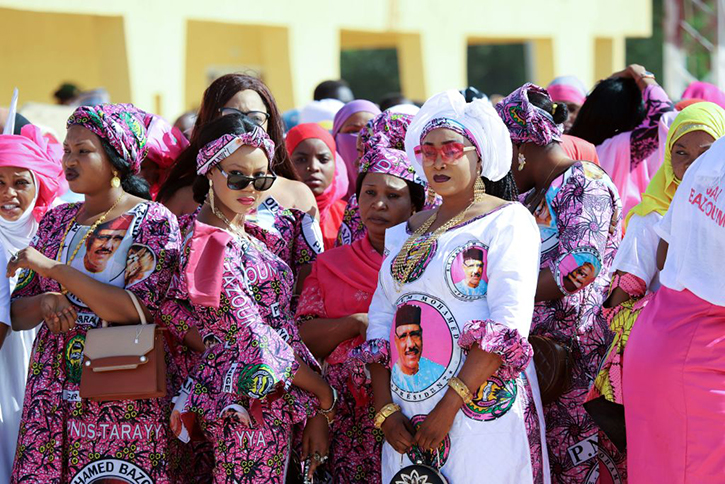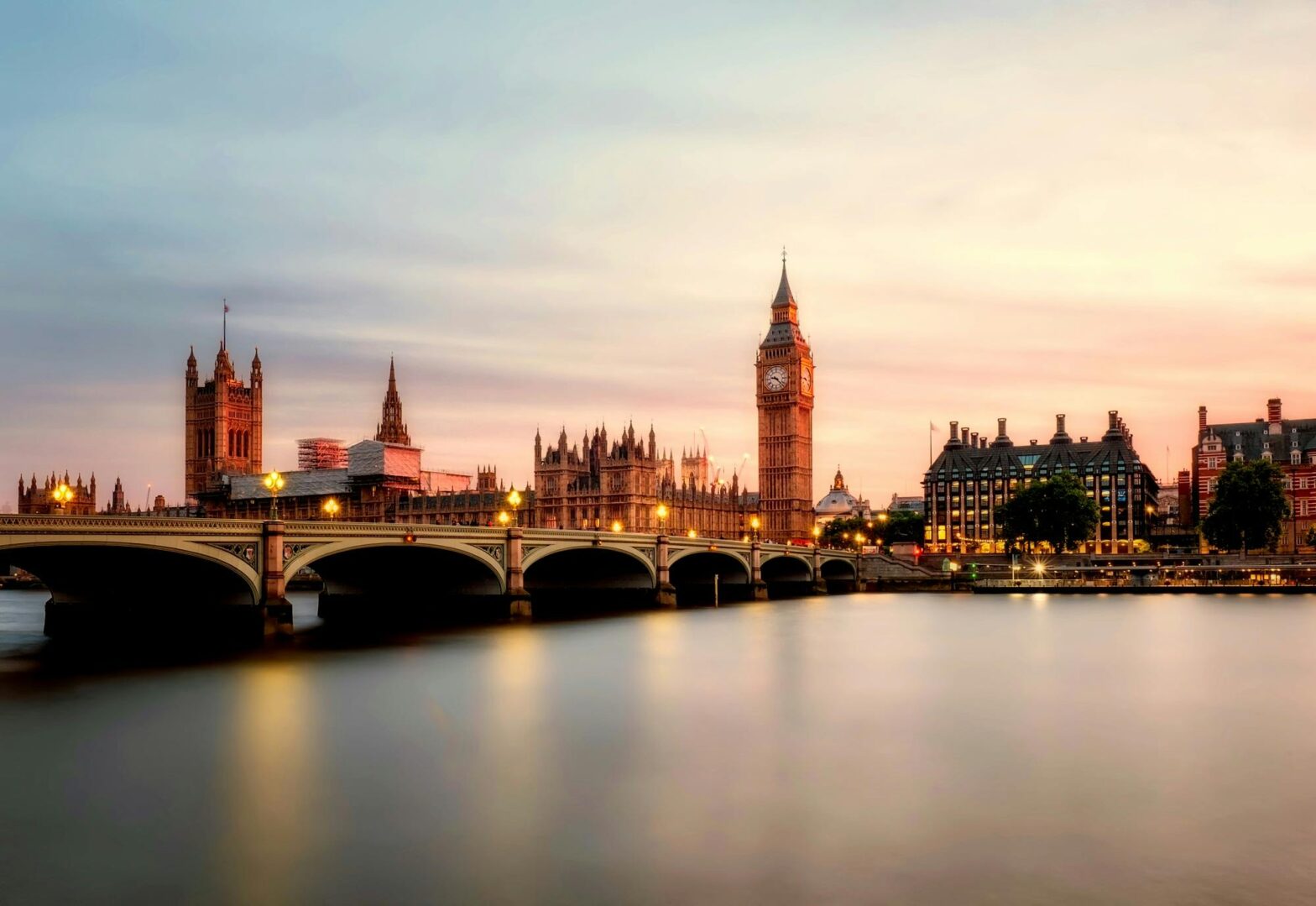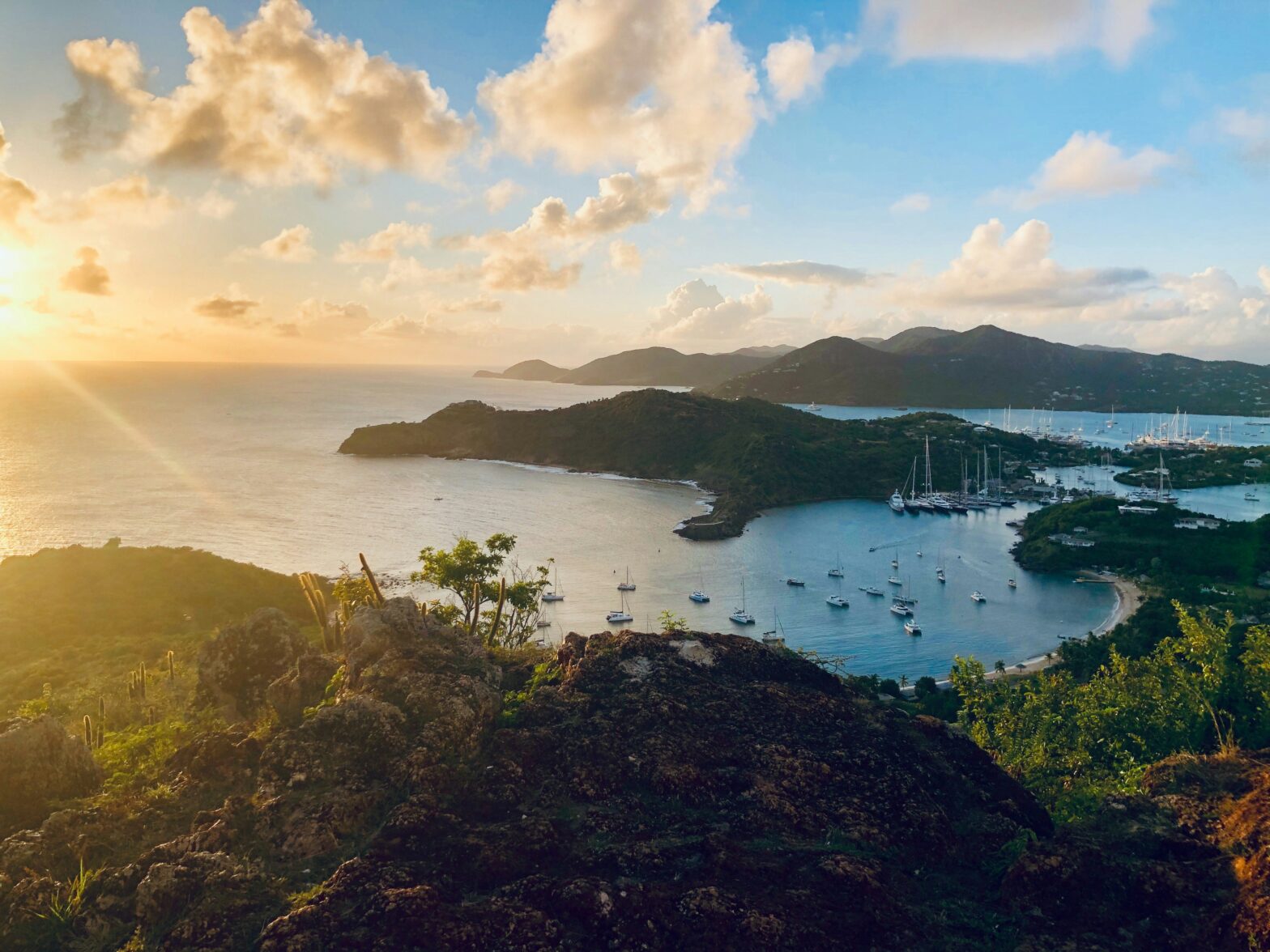On August 3, 1960, the Republic of Niger officially gained its independence from France. Each year, the day is commemorated with mass tree planting celebrations known as Fête de l’Arbre. The goal of this land restoration program is to preserve the country’s ecosystem and prevent desertification.
As a country that sees relatively limited tourism, many people seem to not know a great deal about the West African nation of Niger. Today, on their Independence Day, let’s change that!
Here are five interesting facts about Niger.
1. People From Niger Are Called Nigeriens
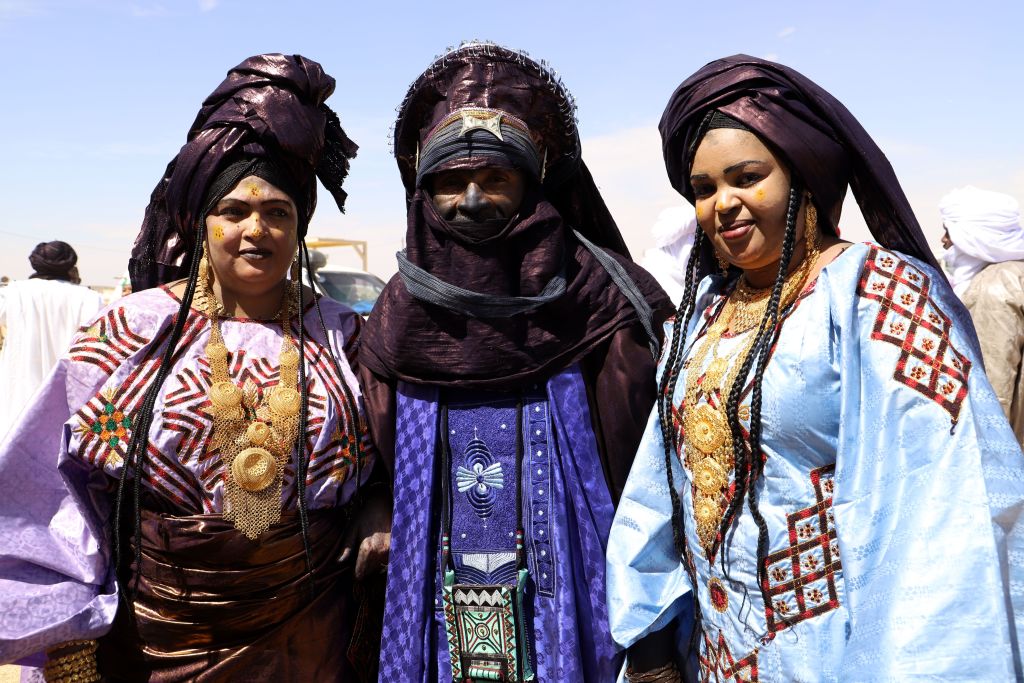
That’s right, people from the country of Niger are known as Nigeriens. Though pronounced completely differently than the name for their southern neighbors in Nigeria (nee-ZHER-yen as opposed to nai-JEE-ree-yen) people continue to confuse the two in writing.
To avoid the mix-up, some still use Nigerois (nee-zher-WAH) to refer to the people of Niger. This is generally considered an out-of-date term, however it is still far more acceptable than mistakenly referring to a person from Niger as Nigerian or vice versa.
2. Niger is Home to the World's Tallest Adobe Mosque
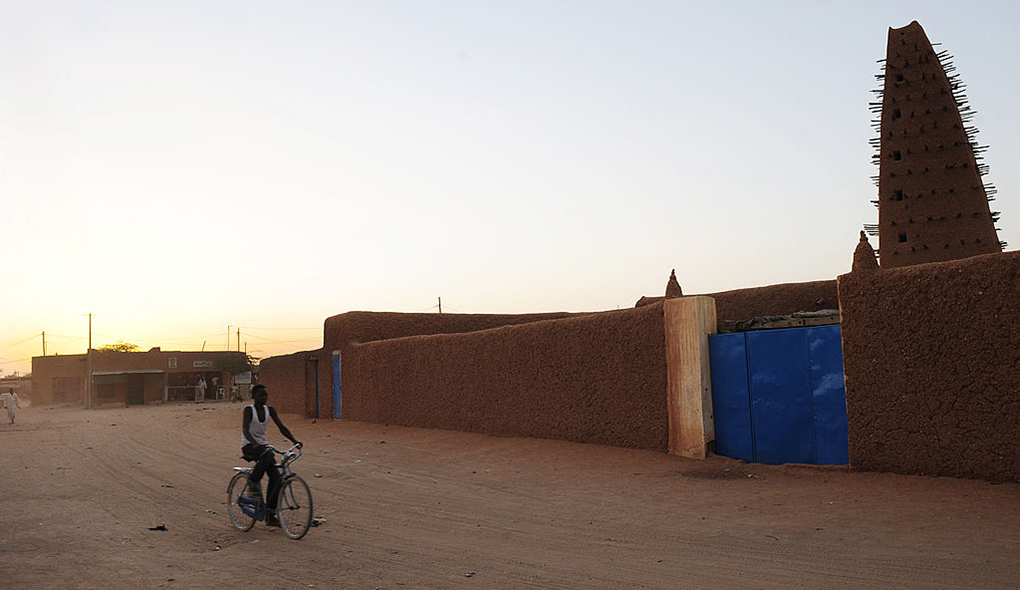
As a predominantly Muslim nation, Niger is home to many mosques. In fact, the country boasts the tallest mud-brick mosque in the world.
A prominent place of worship in Agadez, Niger, the minaret of the Agadez Mosque stands 27 meters high, towering above the surrounding desert landscape.
The structure was originally constructed in 1515. Its minaret served as a watch tower for many years, allowing the Tuareg people to see anyone approaching the city from miles away.
3. Niger is a Landlocked Country
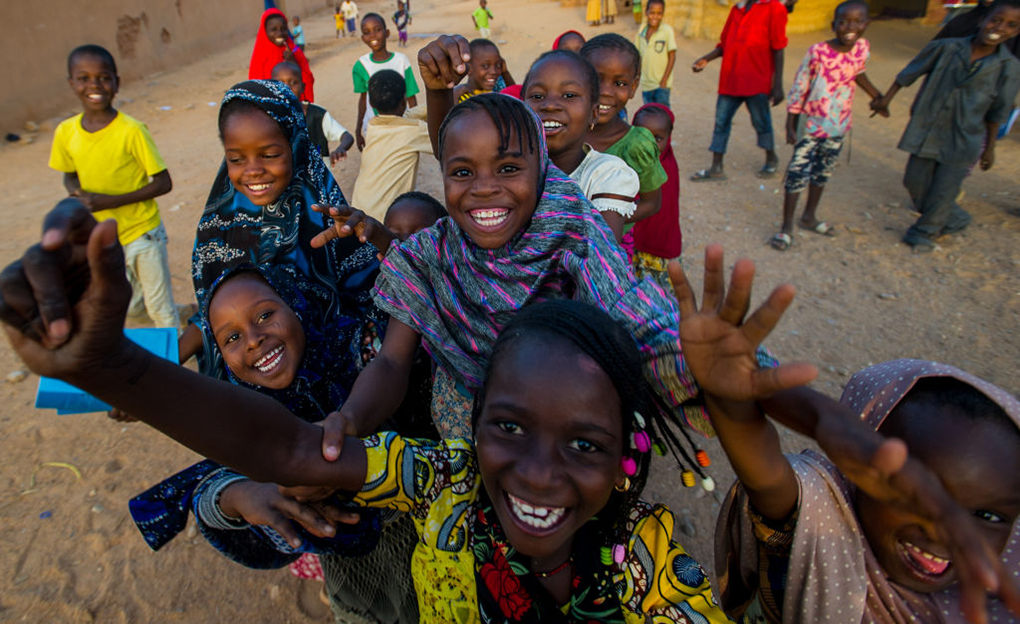
Landlocked, Niger borders no oceans or seas. The nation is bordered to the north by Algeria and Libya, and to the east by Chad. To the south, it borders Nigeria and Benin, and Burkina Faso and Mali to the west.
Although Niger is 80% desert, several smaller bodies of water can be found there. These include a few lakes, oases, and the Niger River from which the country derived its name.
4. Niger Has its Own Dinosaur
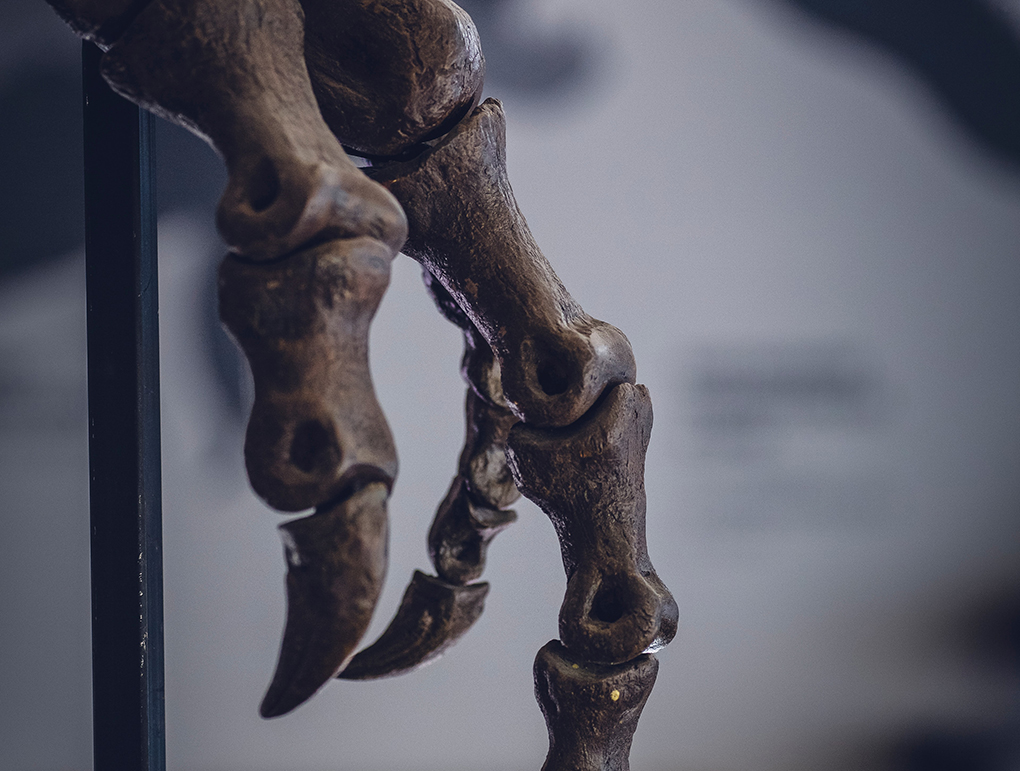
In 1976, the first fossils of a never-before-seen dinosaur were uncovered by paleontologist Philippe Taquet in Niger. The dinosaur was named Nigersaurus in 1999, after additional remains were found.
Nigersaurus is said to have lived over 100 million years ago during the Early Cretaceous period. About the size of an elephant, it was a herbivore with over 500 teeth.
5. Niger is one of the Hottest Countries in the World
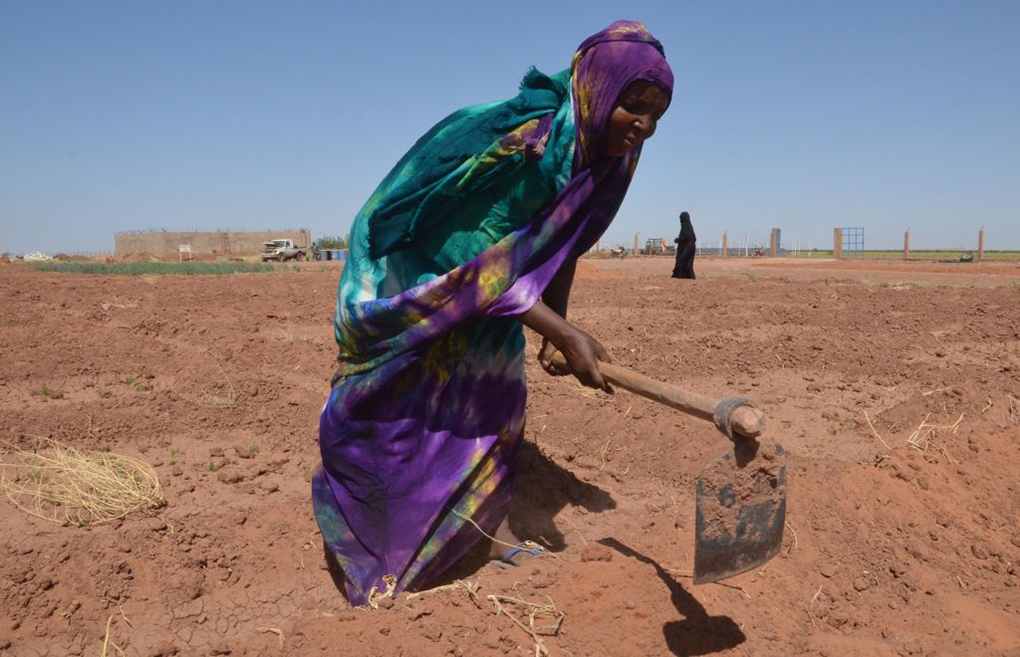
Located in a subtropical climate, Niger is considered one of the world’s hottest nations. Often referred to as the Frying Pan of the World, Niger sees very high temperatures year-round. The hottest month of the year is May, with afternoon temperatures sometimes reaching as high as 113 °F.
Each year, the nation experiences a long dry season. However, even the rainy season (May through October) tends to be shorter in the Sahara zone, where the intense heat often causes the limited rainfall to evaporate before it hits the ground.
Related: Happy Independence Day: 5 Things You Likely Didn’t Know About Rwanda
